In Valerie Stivers’s Eat Your Words series, she cooks up recipes drawn from the works of various writers.
Nescio is Latin for “I don’t know” and was the pen name of a respectable Holland-Bombay Trading Company director and father of four publishing in Amsterdam between 1909 and 1942. The writer, whose real name was J. H. F. Grönloh (1882–1961), worked in an office by day and by night sparingly penned not-so-respectable short stories about artistic passion, upper-middle-class sexual longing, and the luminous vistas of his water-soaked city. His minuscule output (two books over forty years) is classic literature in the Netherlands but nearly unknown here. Amsterdam Stories was translated into English for the first time in 2012 and published by NYRB Classics.
The book is a series of interlocking stories about a gang of pals who want to be painters and how they fare over time. Some quickly give up the artistic dreams of their youth for the grind of making money. Others struggle longer against the inevitably conventional middle age. The one who “succeeds” in the art world is portrayed as a successful businessperson of a different stripe. Japi, a character introduced in the story “The Freeloader,” is the true artist of the bunch but also antisocial, a sponger, and a jerk. The protagonists mostly wind up with boring office jobs and staid marriages, drowning in the daily details of their lives, as we all do. Of packing lunch for children (the way I begin my morning five days a week), Nescio says, “You try slicing bread and making sandwiches for four kids just once, if you’re not used to it, the way the unfortunate writer of these pages has done on occasion, it’ll drive you insane.” Yes, it will. Yet even faded souls have stirrings, “some vague idea” toward art and nature, love and greatness. Much of Nescio’s charm for the modern reader is in how recognizable the issues he examines are, how little has changed.
Appropriately for a book about the daily grind, people in Amsterdam Stories are frequently seen eating that most office appropriate of meals: the sandwich, sometimes mentioned to be “ham” but usually unspecified. Sandwiches appear enough in the stories that I wanted to know what they were like in Nescio’s Netherlands and why people didn’t eat anything else. Via the auspices of the internet, I discovered that the sandwich’s prevalence in the book was no coincidence; supposedly, that’s all Dutch people eat for breakfast and lunch. They like them small, with thin fillings, and there are many classics, like pastrami and sliced liverwurst, and three-layer “zebras” of rye bread and chive cream cheese (as you’ll see below, I made both). They also eat sandwiches with butter and sugar sprinkles (called “hail”), but that must have been after Nescio’s time.
The sandwiches in the book are life-sustaining but not inspired. In one telling scene, a character named Bekker, who has tried to quit his job and go live on the land, returns to Amsterdam, “and he walked down Linnaeusstraat at half past eight every morning again with his sandwich in a bag from home. There’s a lot a person needs.” I love the ambiguity of that last sentence, which could be about saving money for other needs by bringing a sandwich to work for lunch (sound familiar?) or could be about larger matters. Bekker needed to follow his dream and go live for art, but maybe even “on the heath,” needs plagued him, presumably those for money and human society, and so he returned—with, of course, idle dreams. In the same passage, the narrator observes: “But we weren’t thinking about reused bags that night. We were doing our best to believe that we would still manage to accomplish something, really something.”
The reused bag is depressing, but the quotidian has its comforts. In another place, the friends are out for a walk on a day so beautiful, “it was as though my head was filled with golden light and blue water.” When the sun goes down, they feel lonely and start gazing at the baker’s truck with “the raisin bread inside it” and the lights going on in the houses. Then: “The teapot sat on the tea light, and our hearts completely melted, we would conquer the world some other time, for now we were thinking more about having something to eat and drink, bread and coffee.”
To cook from Nescio, I made several types of food—his workaday sandwiches, that comforting raisin bread (which turns out to be a staple of Dutch cuisine called oliebollen; I added currants to mine in addition to raisins), and two desserts, rum balls and cream puffs, both of which were associated in the stories with sexuality. In the passage quoted above about packing sandwiches for children’s lunches, the narrator is telling us about a “little poet” who has fallen for his wife’s younger sister, a fifteen-year-old schoolgirl to whom he brings “bonbons and brooches and rum balls. The rum balls were their little secret.” He’d once had similar feelings for his wife, whom he used to see on her lunch break, “coming out of the dairy where she ate her sandwiches with a glass of milk and sometimes a cream puff or a piece of apple pie with whipped cream. Her sandwiches.” Six years and too many packed lunches later, sexual boredom has descended, and he’s thinking in the same way about another woman.
My rum balls were delicious, fun, and easy to make, and in America, they’re supposed to be a Christmas gift—perhaps a better use than the one they’re put to in the book. For the cream puffs, I had a vision of virginal whiteness with the kind of cloud-like and flavorless filling that you sometimes get in bakeries. To this end, I tried the stabilized whipped cream recipe in Rose Levy Beranbaum’s The Pie and Pastry Bible, though I often find her recipes overcomplicated and not guaranteed to turn out. The whipped cream was good but not the texture I was looking for, and it seemed no different from the ordinary, easier version. (To be fair to Beranbaum, my family ate the cream puffs too fast for me to test the filling’s longevity.) Instead of Beranbaum’s pate a choux, which was too complex, I made The Bonne Femme Cookbook’s much simpler version. And voilà, cream puffs.
According to Amsterdam Stories, we’re all going to age and lose our youthful dreams. The little poet observes: “And twenty-eight years farther on down the road to the grave he saw his father’s gray head. He had always done well too and had not accomplished anything special either.” Cream puffs are one consolation for this, and I’d say the beauty of Nescio’s prose is another. Is it enough? Do we ultimately get what we need, in the right measure? Nescio doesn’t know—it’s the meaning of his pseudonym, after all. I can’t say I do either.
Two Versions of the Ever-Present Sandwich
(Each recipe makes two sandwiches.)
Pastrami and Liverwurst Sandwich
2 slices sourdough bread
2 slices dark rye bread
1/4 lb liverwurst
1/4 lb pastrami
2 tsp spicy German mustard
2 tsp mayonnaise
Dutch sandwiches often have one type of bread for the bottom slice and one type for the top. Spread the two slices of sourdough bread with mustard, and top with just one slice of liverwurst and two of pastrami. Spread the mayonnaise on the rye bread, and add it as a sort of lid. Cut on the diagonal. Repeat for the second sandwich.
Zebra Sandwich
6 slices of rye bread (the darker the better)
4 oz cream cheese
2 tbs minced chives
Mix the chives into the cream cheese. Spread onto two slices of the bread, and then stack, with a third slice of bread on top to make it a triple-decker. Cut on the diagonal. Repeat for the second sandwich.
Dutch Raisin Rolls (Oliebollen)
(This recipe is adapted from BBC Food.)
1/4 cup sugar
4 tbs butter, cut into cubes (plus 2 tbs butter, melted, for brushing)
1/2 cup milk
7 oz packet of yeast
2 1/2 cups flour
1/2 tsp salt
1 tsp cinnamon
zest of 1 lemon
1/2 cup raisins
1/4 cup dried red currants
sunflower oil for greasing
honey to serve
Put the sugar, butter, and milk in a small saucepan, and heat gently until the butter has melted. Pour the mixture into a heatproof bowl, and allow to cool to lukewarm, then add the yeast. Stir and let sit for ten minutes or so, until the yeast has puffed up.
While the yeast is proofing, mix the flour, salt, cinnamon, and lemon zest in a large bowl. Make a well in the center.
Whisk the egg into the warm milk mixture, then pour it into the flour. Stir with the handle of a wooden spoon until the mixture forms a ball, then turn out onto a lightly floured board and knead five minutes to make a smooth, pliable dough. Knead the raisins and currants into the dough for a few minutes until they are evenly distributed.
Place the dough in an oiled bowl, beneath an oiled layer of plastic wrap or a damp towel. Allow to rise until doubled in volume, around an hour and a half.
Return the dough to the work surface and punch it down. Divide into eight equal pieces. Roll each of these into a ball, then pull the dough from around the sides and tuck it underneath the bun to give it a neat shape.
Place the buns on a large baking tray lined with parchment, and flatten them slightly. Leave at least three inches of room between the buns, and use a second tray if necessary. Cover with oiled plastic wrap, and leave to rise for another forty-five minutes. Preheat the oven to 375.
Bake the buns in the center of the oven for about twenty minutes, until puffed up and golden brown. Brush the tops with melted butter. Serve warm with butter and honey.
Rum Balls
12 oz package vanilla wafers
1 lb pecans
1/2 cup honey
1/3 cup bourbon
1/3 cup dark rum
1/4 cup cocoa powder, for rolling
1/4 cup confectioners’ sugar, for rolling
1/4 cup white sparkling sugar, for rolling
Using a food processor (or a mortar and pestle if you’re low-tech like me), grind the wafers to bread-crumb size, and reserve in a large bowl. Then grind the pecans. Add the pecans to the wafer crumbs.
Add the honey, then the bourbon and the rum, and mix thoroughly.
Roll the mixture into balls, about an inch in diameter. Roll in decorative sugars or cocoa powder to coat, as desired.
Cream Puffs
(Makes eight servings. Adapted from The Bonne Femme Cookbook, by Wini Moranville, and The Cake Bible, by Rose Levy Beranbaum.)
For the pate a choux:
1/2 cup flour
1/4 tsp salt
1/2 cup milk
4 tbs unsalted butter, cut into pieces
2 large eggs
For the whipped cream:
2 tbs powdered sugar
1 tsp cornstarch
1 cup heavy cream
1 tsp vanilla
powdered sugar for dusting
To make the cream puff:
Preheat the oven to 400. Line a baking sheet with parchment paper.
In a small bowl, whisk together the flour and salt. In a medium-size saucepan, heat the milk and butter over medium heat until the butter is melted and the mixture is steaming.
Add the flour mixture all at once to the milk mixture. Cook while beating with a wooden spoon until the dough forms a ball and pulls away from the sides of the pan. Cook and stir for a minute more. Remove from the heat. Let cool for ten minutes.
Add the eggs, one at a time, to the saucepan, beating until the first egg is completely incorporated and the dough is smooth before adding the next. Drop the dough by the teaspoonful onto the baking sheet.
Bake for fifteen minutes. Reduce the oven heat to 350. Continue to bake until golden brown, eight to ten minutes more. The insides should be dry but soft—pull one open to test. Transfer to a wire rack to cool.
To make the whipped cream:
Refrigerate the mixing bowl and beater for at least fifteen minutes.
In a small saucepan, place powdered sugar and cornstarch. Gradually stir in a quarter cup of the cream. Bring to a boil, stirring constantly, and simmer for just a few seconds, until the liquid is thickened. Scrape into a small bowl, and cool to room temperature. Add vanilla.
Beat the remaining three quarters of a cup of cream just until traces of beater marks begin to show distinctly. Add the cornstarch mixture in a steady stream, beating constantly. Beat just until stiff peaks form when the beater is raised.
To assemble:
Slice the cream puffs in half horizontally with a serrated knife. Fill with whipped cream, dust with powdered sugar, and serve.
Valerie Stivers is a writer based in New York. Read earlier installments of Eat Your Words.
from The Paris Review https://ift.tt/2BisrC7
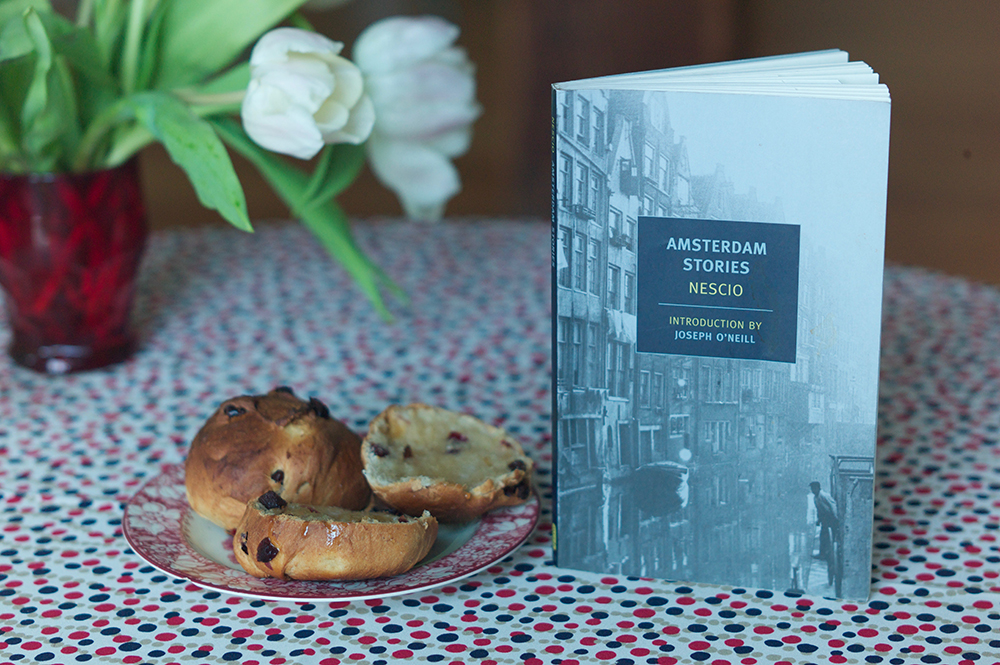
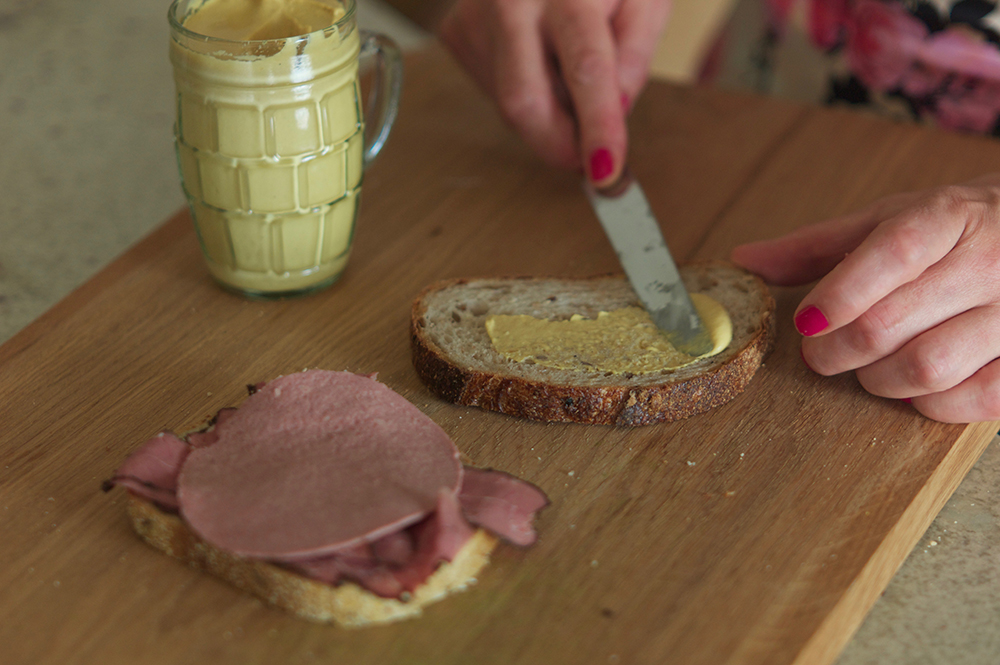
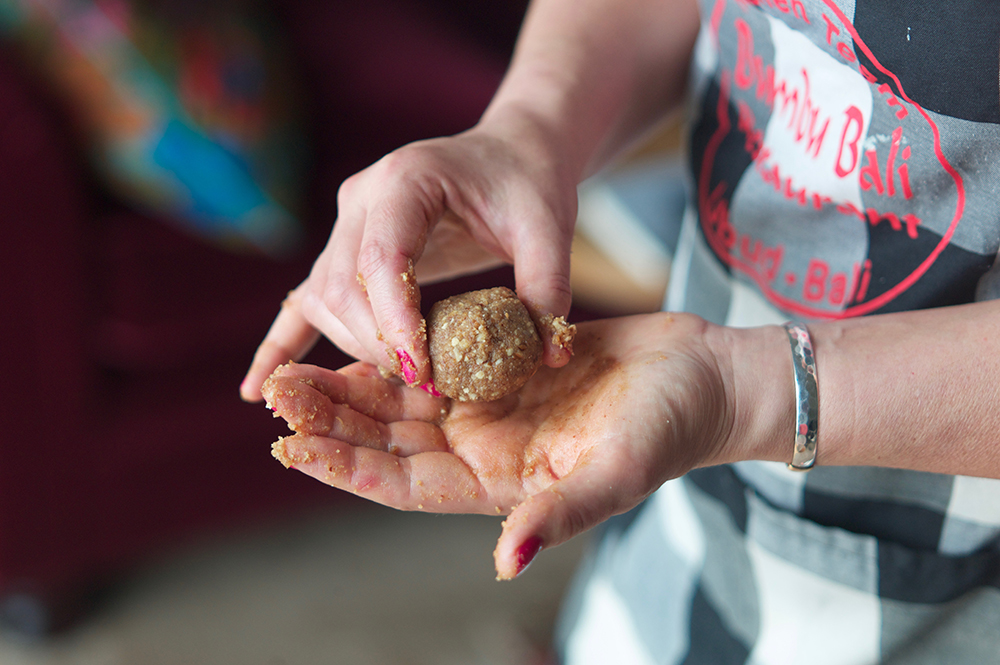
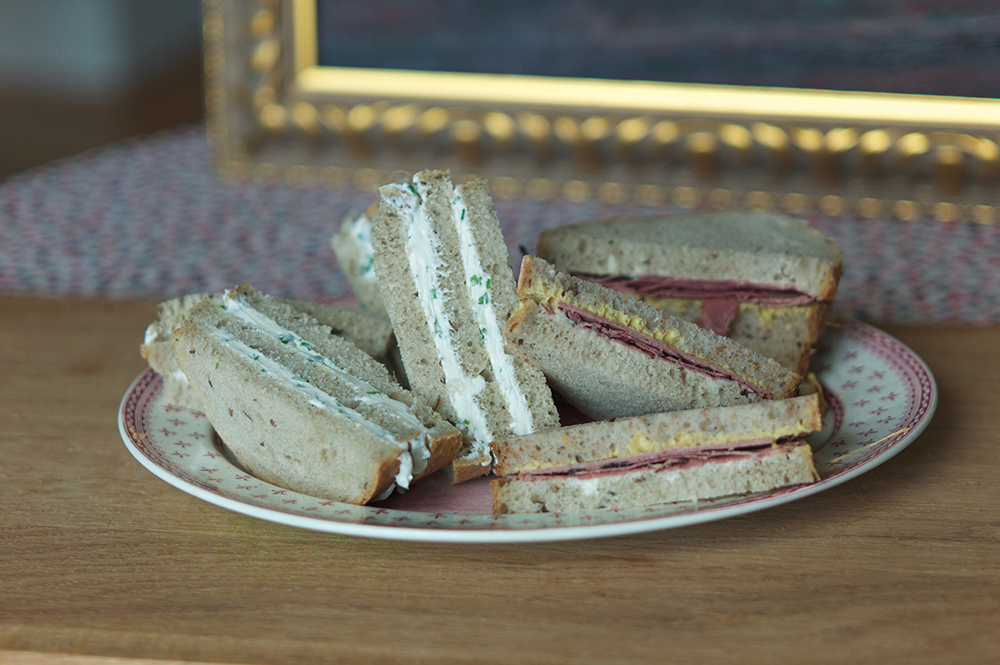
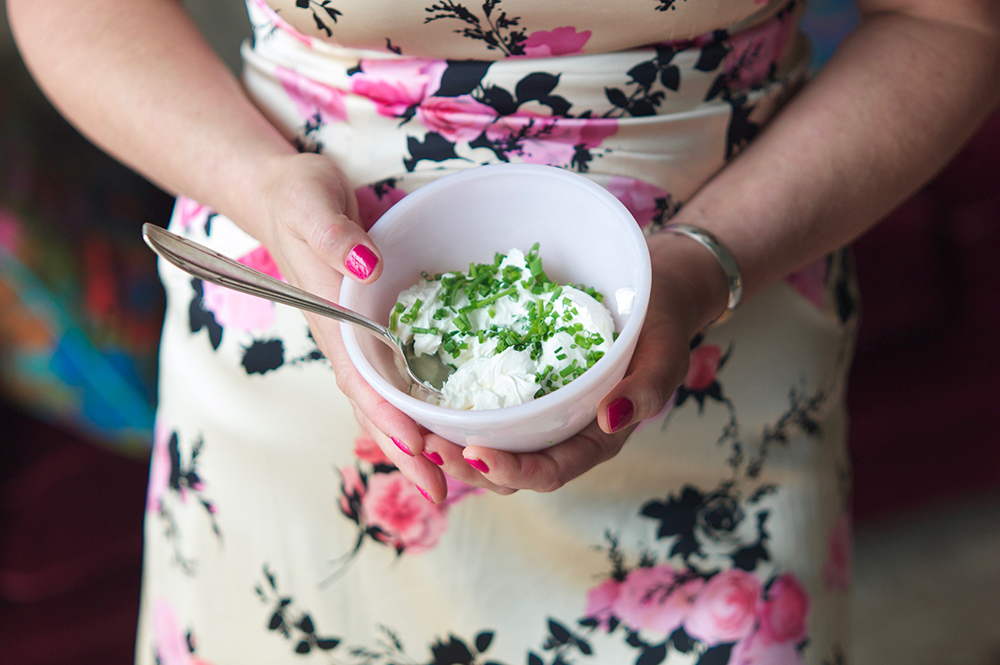
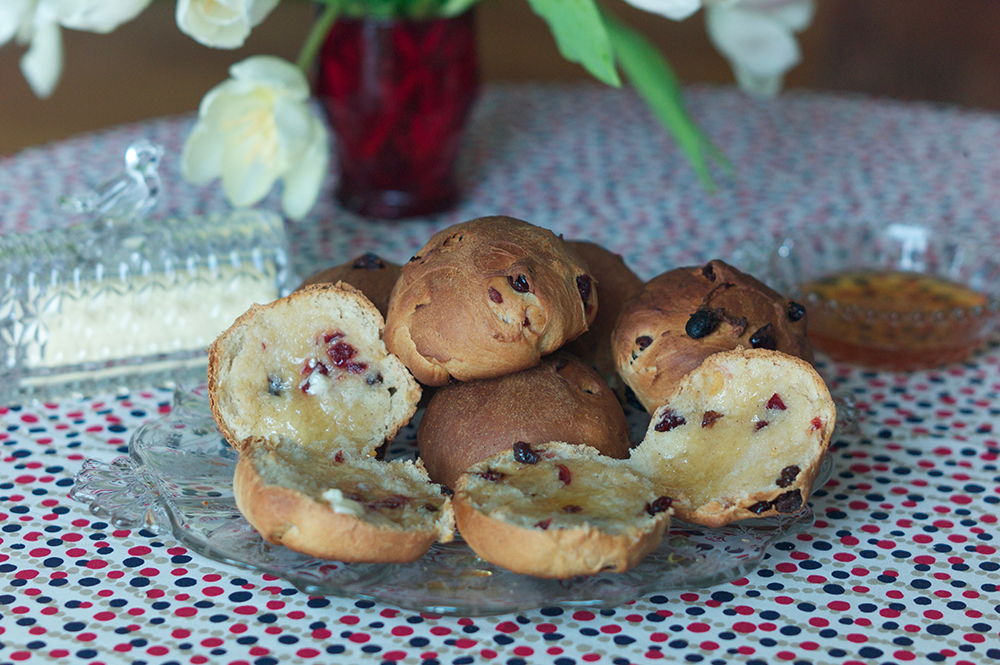
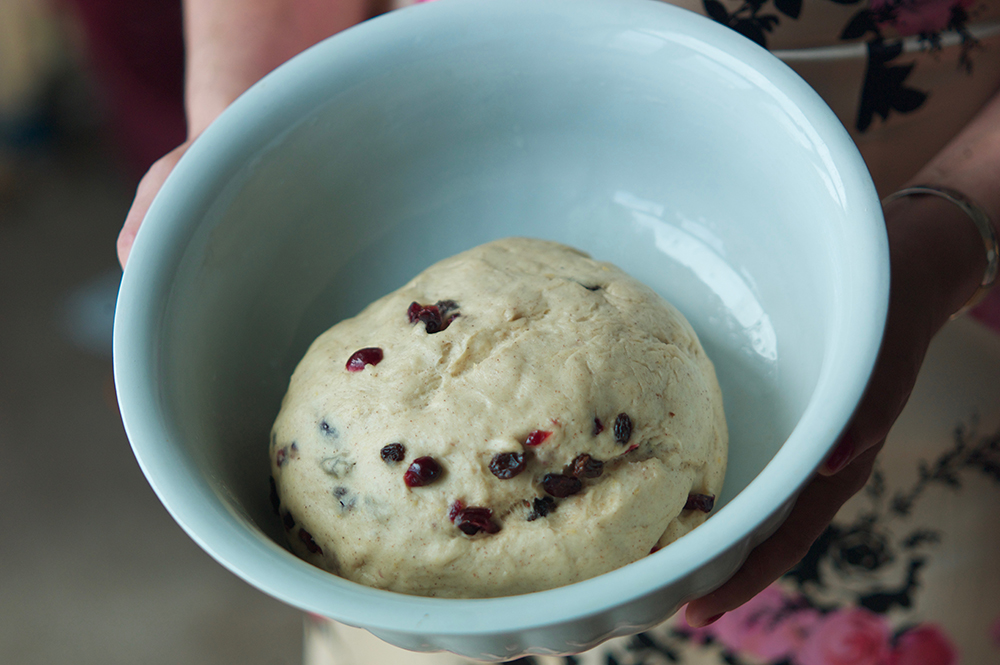
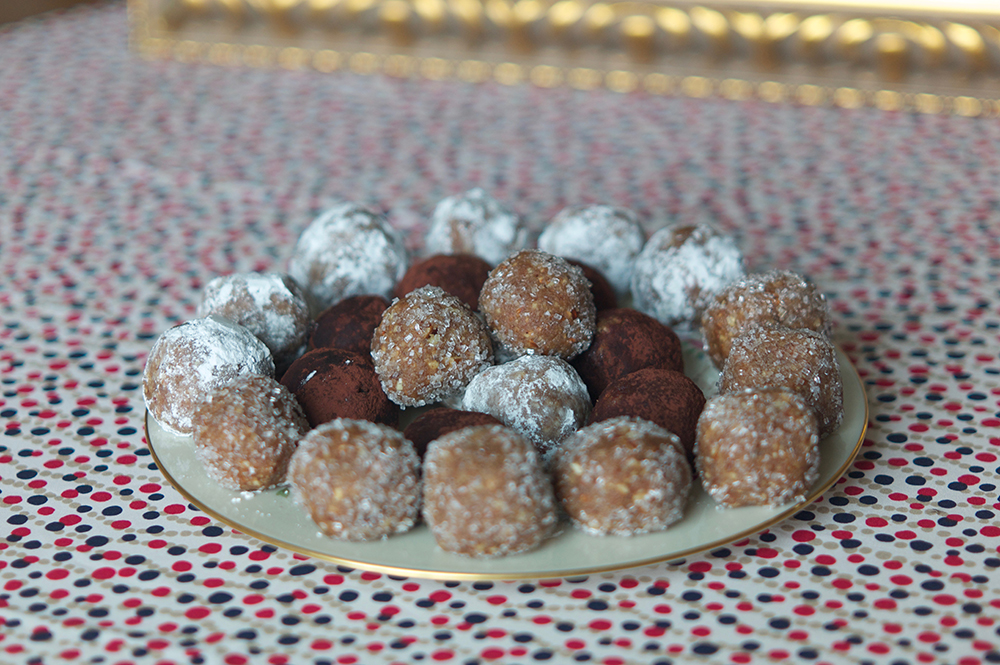
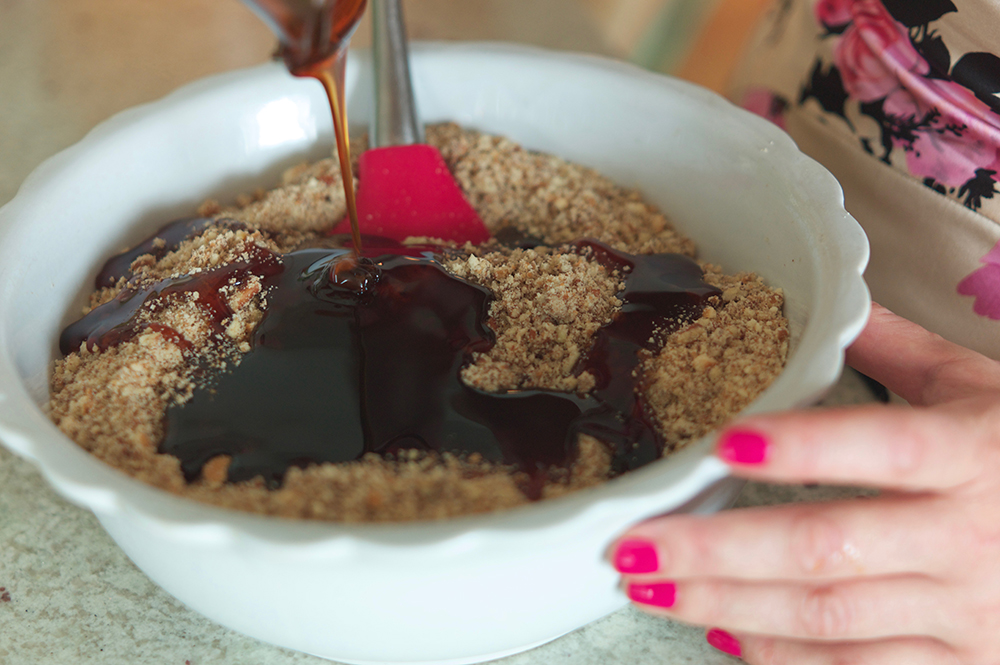
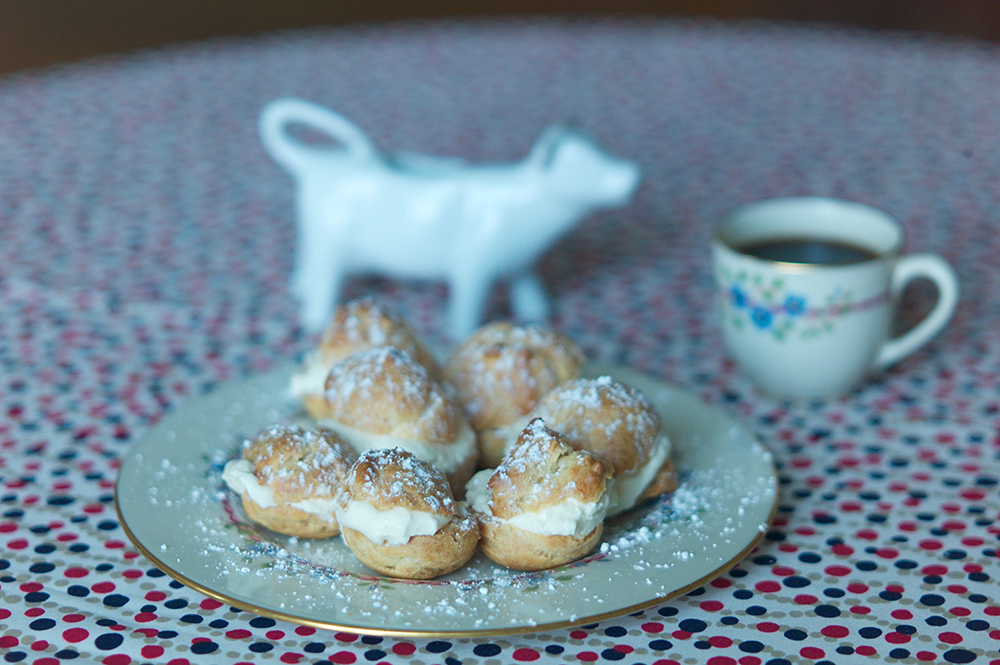
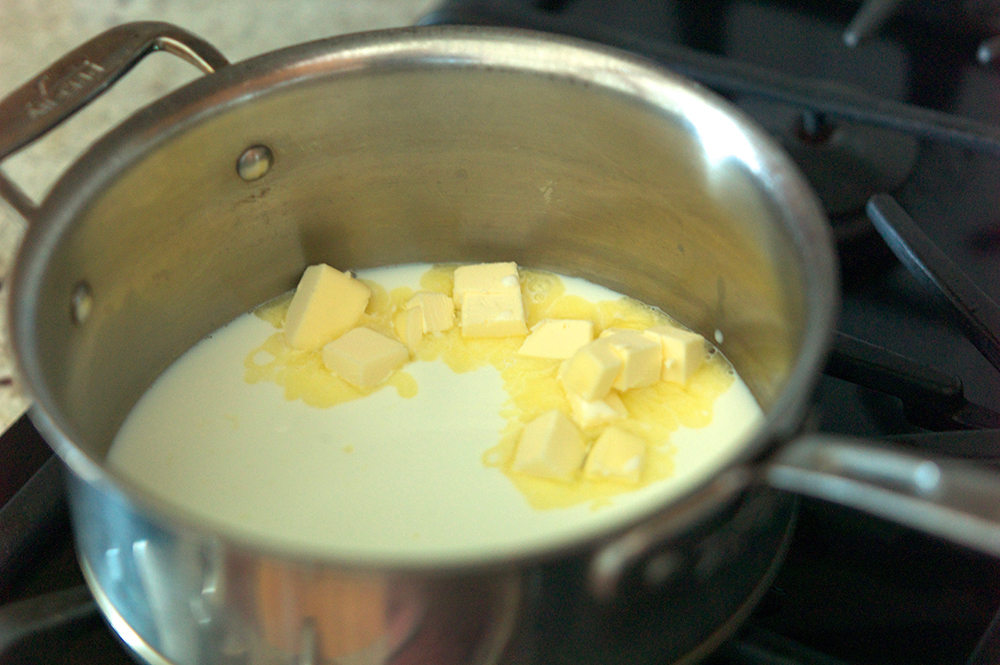
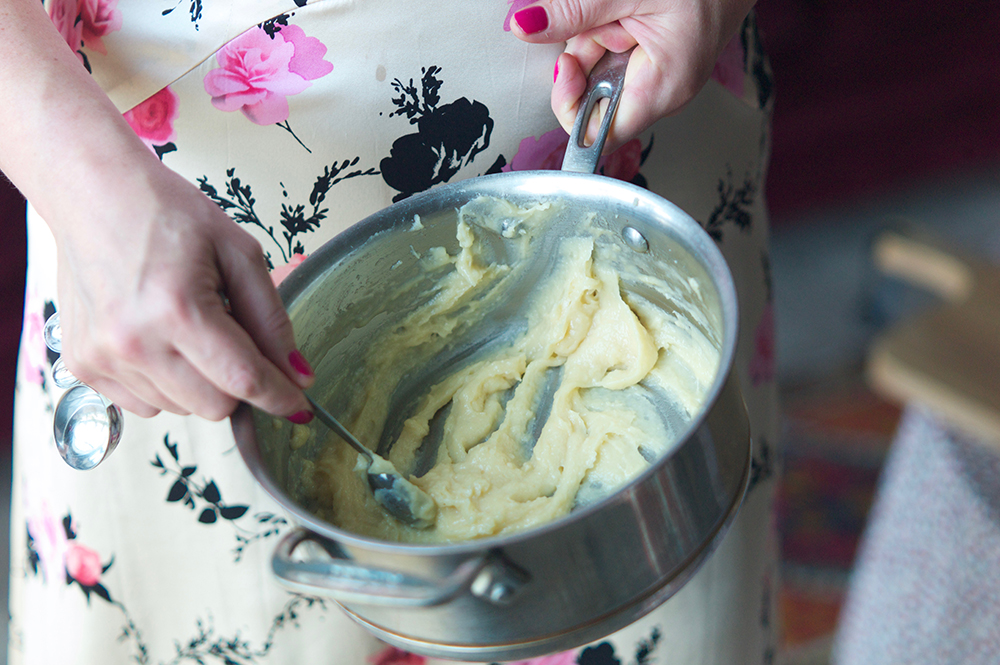
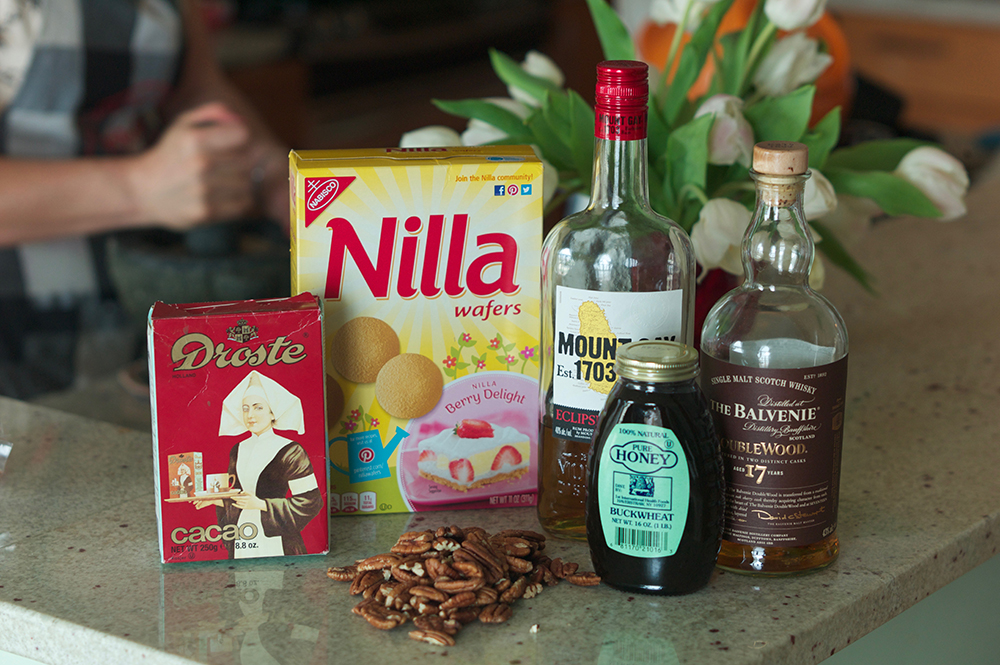
Comments
Post a Comment